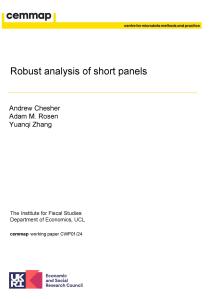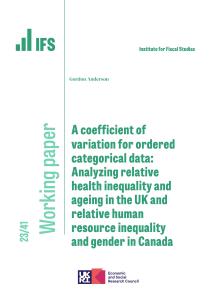The goal of this paper is to use a semiparametric reduced form model to estimate the effects of various tuition subsidies. This approach expands on the tuition subsidy example in Ichimura and Taber (2000) in a number of dimensions. It has become common practice in the empirical literature to refer to any nonstructural empirical analysis as "reduced form." This is not the traditional sense of the phrase. A classic reduced form analysis (see e.g. Marschak, 1953) first specifies a structural model and then derives the reduced form parameters in terms of the structural parameters. While many recent studies have asserted to taking a reduced form approach, the structural parameters. While many recent studies have asserted to taking a reduced form approach, the structural model which the reduced form model should correspond is rarely specified. We explicitly specify a structural model and use the implied reduced form structure to estimate the effect of tuition subsidy policies. Specifying the underlying model has the advantage of being explicit about the assumptions that justify the analysis. This avoids Rosenzweig and Wolpin's (2000) criticism of work on natural 'natural experiments' that often leaves these conditions implicit. Our structural model is based on the model studied by Keane and Wolpin (1999). It is highly nonlinear and allows for more unobserved heterogeneity than the typical simultaneous equations framework that most previous work has used in reduced form estimation. Using hte specified structural model, we examine the assumptions discussed in Ichimura and Taber (2000) to justify reduced form estimation of the policy effects








